Sani, located about 9 km from Padum, is a typical Zanskari village. Peaceful and quiet with a few Ladakhi styled houses and even fewer people on the roads. We looked around the village as we approached our destination – the Sani Monastery.

Sani Monastery is believed to be one of the oldest gompas in the Ladakh region. Infact, Sani is a place of interest for historians and archaeologists because of the ancient Kanika Stupa located inside the Sani Monastery. More about that later in the article. The village also has a beautiful lake, locally known as the Sani Lake. It has a beautiful statue of Guru Padmasambhava right in the middle of the lake.
So, Sani is simple and beautiful. And for those who have an interest in history and past like me, this place is a must-visit in Zanskar Valley.
Where is Sani Monastery located?

The Sani village is located about 8 km west of Padum towards the Padum – Kargil road. The monastery is located next to the village where the Stod Valley broadens. You can make a trip to Sani Monastery and Sani Lake along with the Dzongkhul Monastery and Karsha Gompa.
History of Sani Monastery

Sani Monastery or Sani Gompa is believed to be one of the oldest places of worship in the Zanskar and Ladakh region, belonging to the Drukpa-Kagyu order. Different parts of the monastery were built during different time periods, which is perhaps true for most of the religious shrines in the country.
Sani Gompa is dedicated to Guru Padmasambhava or Guru Rinpoche. He had spent almost 5 years between the late 8th century and early 9th century at this place while meditating inside a cave. There is also another adjoining temple dedicated to the Buddhist saint Naropa, who also had spent some time at Sani.

Kanika Stupa or the Stupa of Kanishka
However, the most interesting structure in the entire Sani Gompa is the Kanika Stupa. The Stupa is almost 6m (20 feet) high having an unusual shape. It is rumoured that this stupa with an egg-shaped body was built during the rule of King Kanishka I of Kushan Empire. This dates back to almost the 2nd century CE.

However, there is an ongoing debate about the time period of construction of the Kanika Stupa.
It is not exactly known when Buddhism arrived at Zanskar Valley. There is certain evidence that points to the times of King Kanishka I of the Kushan empire. During that time, Buddhism was already flourishing in the Kashmir region, which was a part of the Kushan empire. It is quite possible that Buddhist preachers arrived at Zanskar Valley and Buddhism spread across the valley. However, all these facts do not conclusively confirm when the Kanika Stupa was constructed.
The shape of the stupa suggests a time later than the Kushan period. This ongoing debate can be resolved only by studying the stupa at length, which further means, the stupa might have to be destroyed to find out other historical evidence.
A Visit to Sani
It was our penultimate day in Zanskar Valley. We started from our homestay in Tsazar, drove across Padum and arrived at Sani. From Padum, we gave a lift to 2 young women who were going to Sani village. They were happily chatting with Tashi, our friend from Zanskar in their local language and I kept looking towards the beautiful scenery outside.

Soon we reached the village and the two girls got down. Their house was just round the corner. It was a normal day at Sani – which meant empty roads with very few people in sight.
Sani Lake
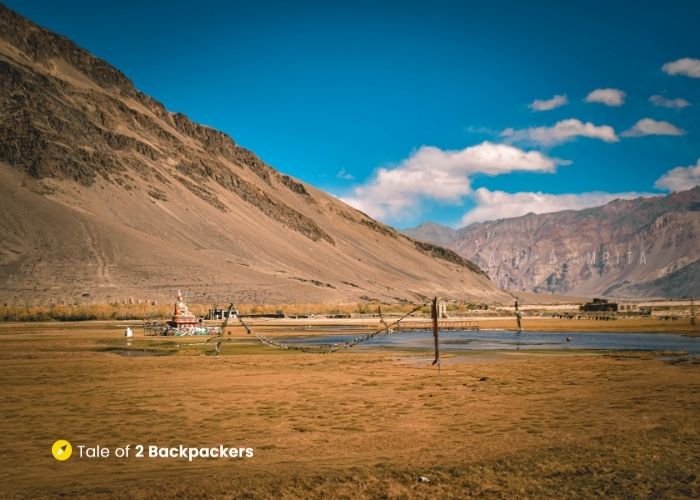
Our first stop was at the Sani Lake or the Tuthot Lake. This holy lake is a landmark of Sani village. There is a beautiful statue of Guru Rinpoche right in the middle of the lake. There is also a camping ground beside the lake.
As usual, prayer flags were fluttering at the sides of the lake. It is auspicious to take a parikrama (do a round) of the Lake.

Walking around the lake was peaceful. I simply sat down on a stone and looked at the statue of Guru Rinpoche. The day was bright and sunny and yet there was a cool breeze blowing. Everything felt perfect.
After spending some time at the lake, we went towards Sani Monastery.
Sani Monastery

Unlike other monasteries in Zanskar, Sani Monastery is built on flat land and not on a mountain top. This is quite similar to the Alchi monastery in Sham Valley. The Kanika Stupa is located in the backyard of the walled complex.
At the entrance of the monastery, there is a red coloured structure. It has an ibex head stuck on the wall. This is common in most of the monasteries in Zanskar Valley.

Ibex has always been considered an important animal by the people of these mountains. They have been considered life-givers. These mountain people consider it auspicious to have the head of an ibex at the entrance of the monasteries, nunneries and important places.
The Prayer Hall
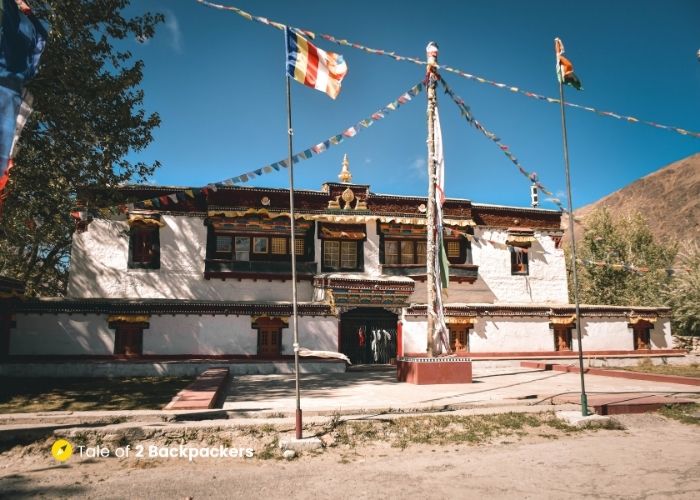
The main prayer hall is situated in the main building of the monastery complex. It has a number of beautiful and rich collections of statues of Buddhist deities as well as a collection of ancient thangkas. The assembly hall has 16 columns and many old frescoes adorning the wall.

Outside the prayer hall, there was a line of prayer wheels, something that we see in most of the monasteries.
There is a door at the end of the building through which we came to the courtyard containing the Kanika Stupa. The structure of the Stupa was indeed a bit different from the usual ones.

There is a small neglected chapel right at the back of the main building. This chapel is not in a very good condition, but it has some amazing stucco murals depicting the life of Guru Padmasambhava.
Did you know, Gurudongmar Lake in North Sikkim is named after Guru Padmasambhava? It is believed that he had banished a demon from the lake and had blessed the lake.
Outside the monastery complex is a burial ground for the Tibetan Buddhists. The cemetery is encircled by a ring of ancient rock carvings.
We looked around and spent some time at Sani Gompa. It was almost noon when we came out of the monastery and our next destination was the Dzongkhul Monastery, another cave monastery in Zanskar.

Sani Monastery is also known for the Naro Nasjal Festival that is held every year in the sixth Tibetan month. It falls roughly during the end of July or beginning of August. This is the only time in the year when the veiled statue of Naropa is unveiled. The local population takes an active part in the ceremony and masked dances are performed in front of the monastery.

An impromptu Afternoon Tea
After our visit to Dzongkhul Monastery we were driving towards Karsha. We went through Sani village again and this time Tashi stopped in front of a house.
“We are going to have tea” – that is all Tashi said.
The house apparently belonged to the two girls whom we gave a lift in the morning. They were happy to get the lift in the morning, or else they might have to walk from Padum all the way to their house. So, they had requested Tashi to take us to their house for tea.

This is what Zanskar is. People are always smiling and openly welcome us travellers to their houses.
We went inside their house to have afternoon tea with the girls and their father. They had prepared black tea for us while they had butter tea. Tashi had already informed them about our preference for black tea. We had tea, biscuits, Tibetan bread and yak cheese while chatting with them about life in Zanskar. It was an amazing experience to witness the simple life of these people closely. It is a hard life in Zanskar, but the people bear it with a smile and share the happiness and warmth with everyone.

More Resources on Zanskar
- How to plan a Trip to Zanskar Valley – A Complete Travel Guide
- Zanskar Valley – Expectations and Experiences
- How to reach Zanskar Valley – Leh to Padum & Manali to Padum
- Phugtal Monastery Trek – Guide to the Cave Monastery of Zanskar
- Suru Valley – Where, How and When? A Complete Travel Guide
- Zangla Palace, Zanskar – A Beauty in Ruins
- Dzongkhul Monastery – The Most Peaceful Monastery in Zanskar
Pin it for a Later Read!




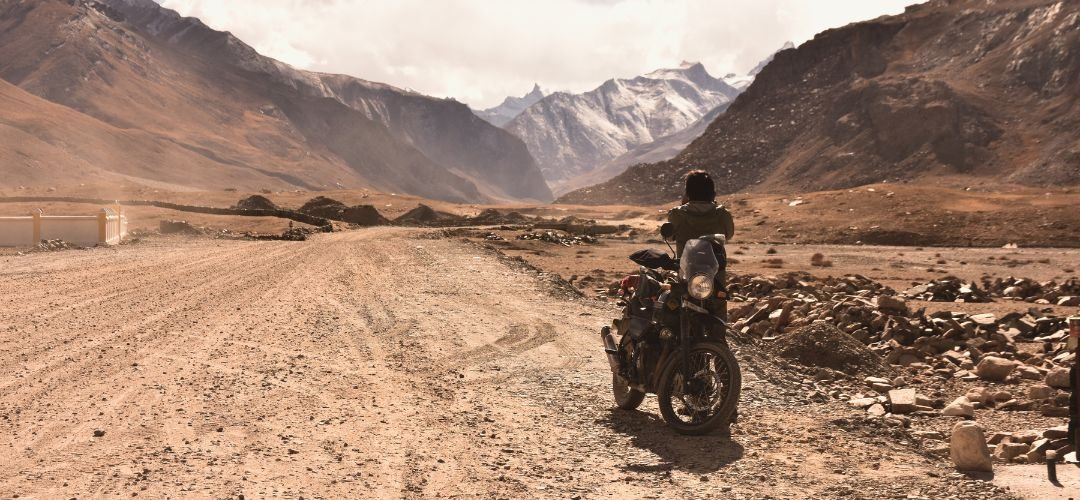
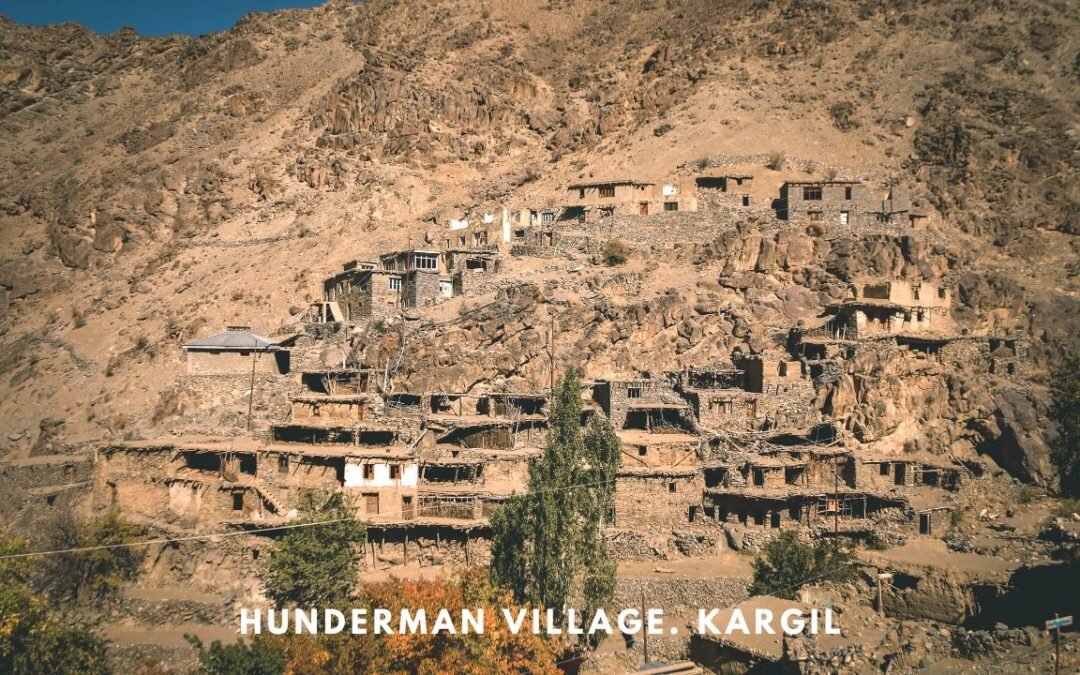
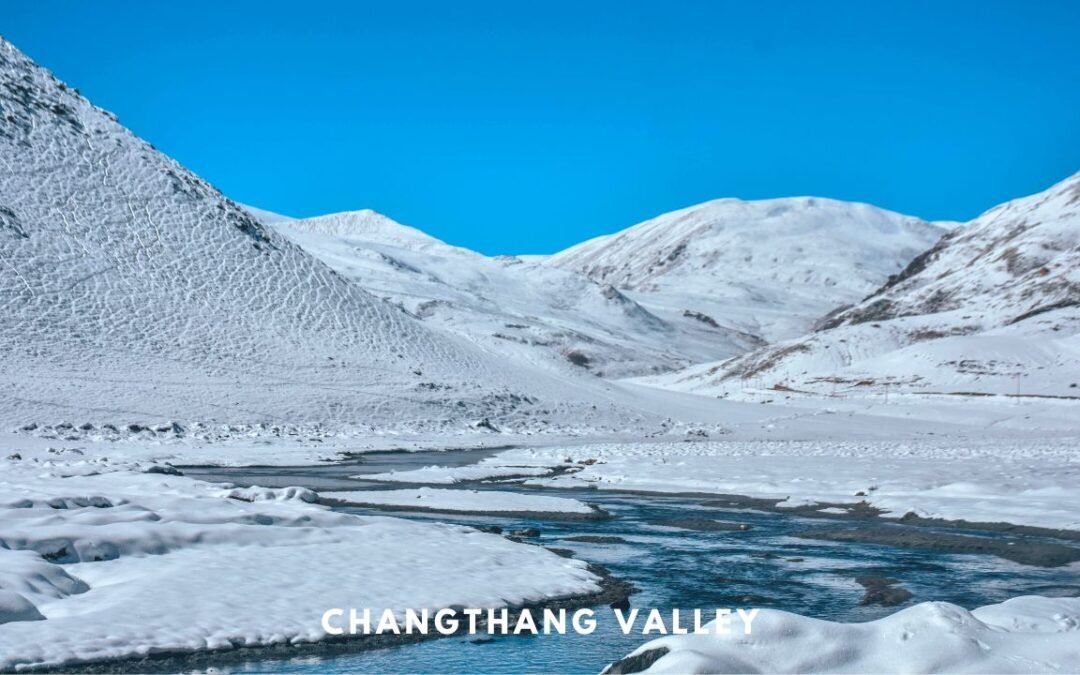
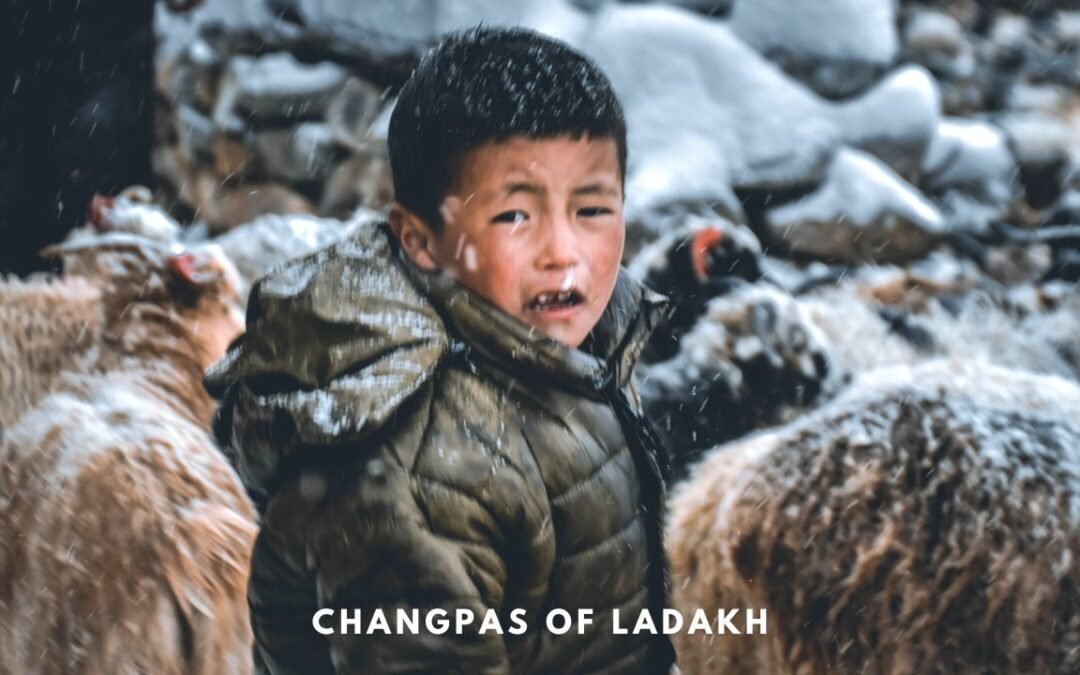


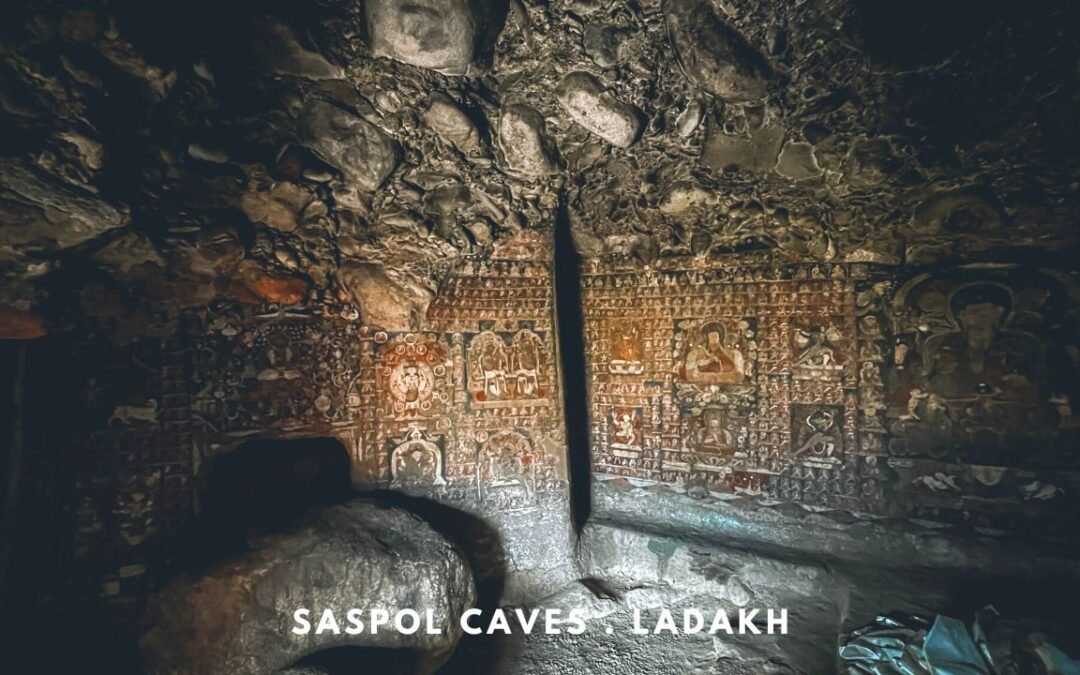

I want to say how much I appreciated your love of Zanskar! Thanks for your commentary on Sani. We plan to return to Sani in early September. We’ve been there a couple of times before but this time I want to pay more attention to the Guru Rinpoche connection. I like your photos. And also you went to Dzongkul – we are planning to go there for the first time but I had expected a 2 hour walk. Roads are changing everything; we started trekking in Ladakh and Zanskar about 15 years ago, now many of the routes have turned into roads and it seems pointless to trek those old paths. Still there are plenty more paths to follow. I’m also interested to follow the road from Hanupatta to Padum which has been finished since our last visit. It will mean missing out on Rangdum which is a wonderful gompa but we might decide to trek there from Lingshed. One place I haven’t seen you mention is Nierak – a wonderful village across the Zanskar river from the pass below Yulchung. You can also get to it if you trek over the top from Zangla. I hope to hear more of your travels. You can see my blogs about Ladakh, and photos, at silkroadgallery.co.uk. Best regard Mahaprasara Peter Bennion
Hello Peter! Thank you so much for reading our blog and the lovely comment. Yes, roads are changing everything. Things are getting closer. You know I am actually a little bit jealous of you – you have been travelling the area since a long long time!
We had not visited Neirak this time. But we had visited the village in 2014 during Chadar Trek. It was an awesome experience. I hope you have a great time at Sani in September. We were also planning to visit there again this year. Lets see how things turn out.
Regards, – Agni & Amrita
Beautiful images,
I’m inspire with your writing.
Thank you!